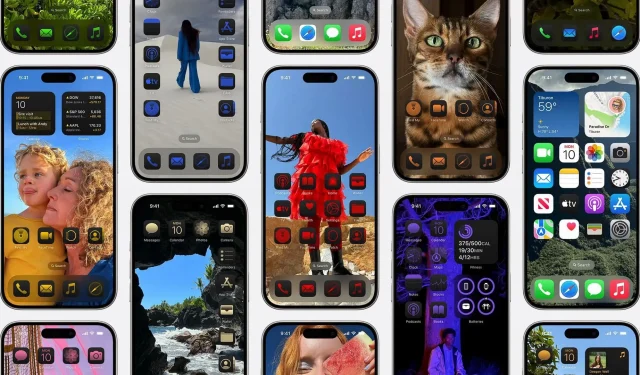
Apple’s latest update, iOS 18, which was launched on September 16, 2024, brings an exciting range of features and enhancements aimed at improving the user experience. Key updates include enhanced privacy settings, redesigned widg͏ets, a new-look Control Center, and expanded customization options that provide users with more control than ever before.
With iOS 18, users can explore new wallpapers, improved Dark Mode functionality, and advanced icon placement options. These new features enable users to create a more personalized iPhone experience tailored to their unique preferences.
One of the standout aspects of iOS 18 is its extensive home screen customization capabilities. The refreshed tools allow users to entirely redesign their home screen layout, app icons, widgets, and even manage transitions between light and dark modes.
Apple has also added new wallpaper choices and widget configurations, making the iPhone’s home screen even more dynamic and visually appealing.
Let’s explore how you can utilize these features to craft a home screen that aligns with your style and needs.
How to Customize the Home Screen in iOS 18
Customizing your iPhone’s home screen has never been more straightforward or flexible. Follow these steps to refresh the look of your mobile device’s interface:
1) Select New Wallpapers
iOS 18 offers four new wallpapers in colors such as purple, azure, pink, and yellow, along with a dynamic option that changes throughout the day. To access these wallpapers, navigate to Settings > Wallpaper, scroll down to the iOS 18 section, and select your desired wallpaper.
Additionally, you can choose different wallpapers for your lock screen and home screen.
2) Long Press for Customization Options
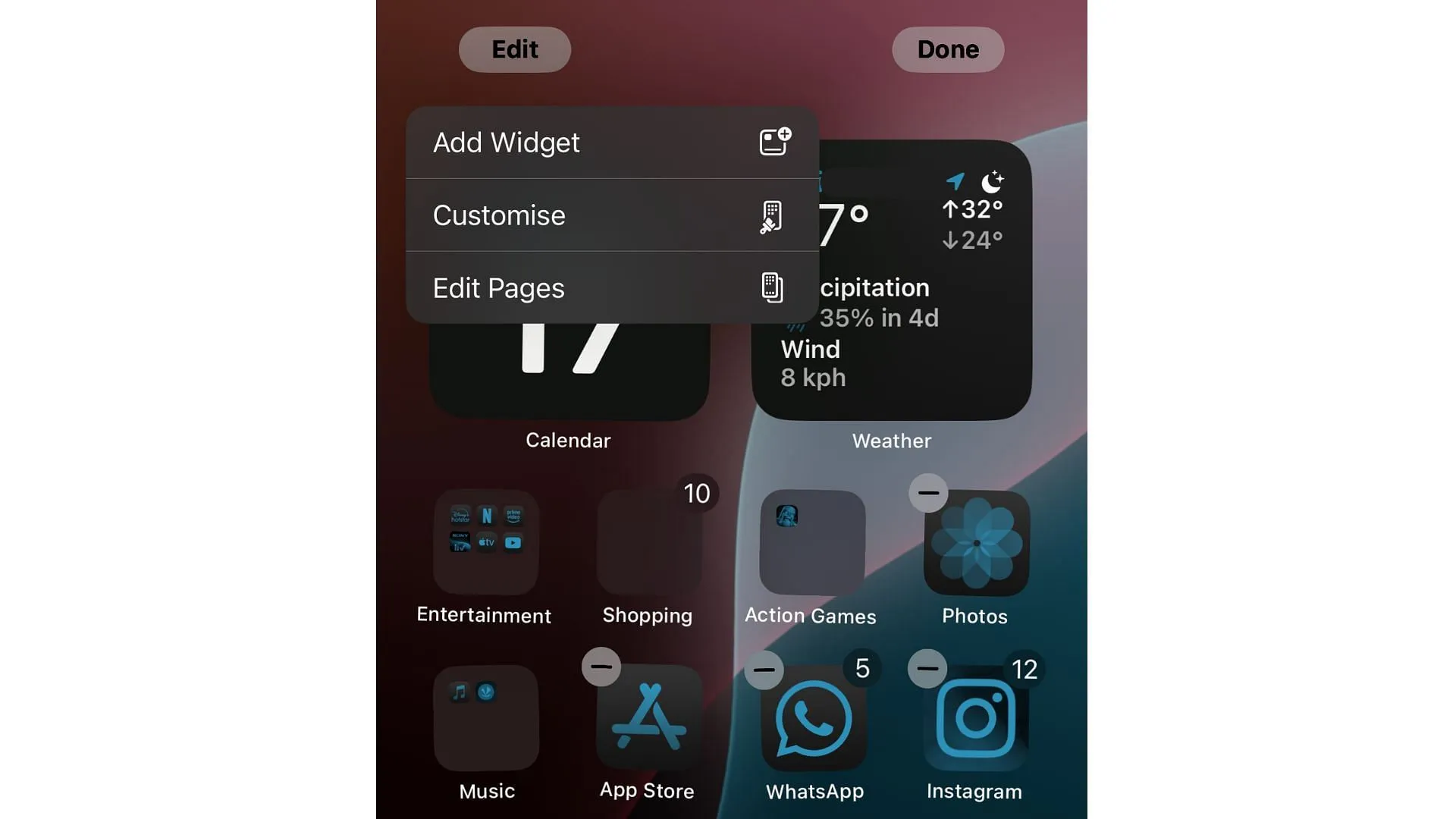
To start customizing your home screen, long-press any empty space until your apps enter jiggle mode. Tap on the “Edit Home Screen” option, which offers three main choices: Add Widgets, Customize, and Edit Pages.
- Add Widgets: Widgets have become more customizable with options to resize and reposition them. Drag and drop widgets to your preferred screen location. New widgets include Health, Fitness, and Journal, enhancing your organizational capabilities.
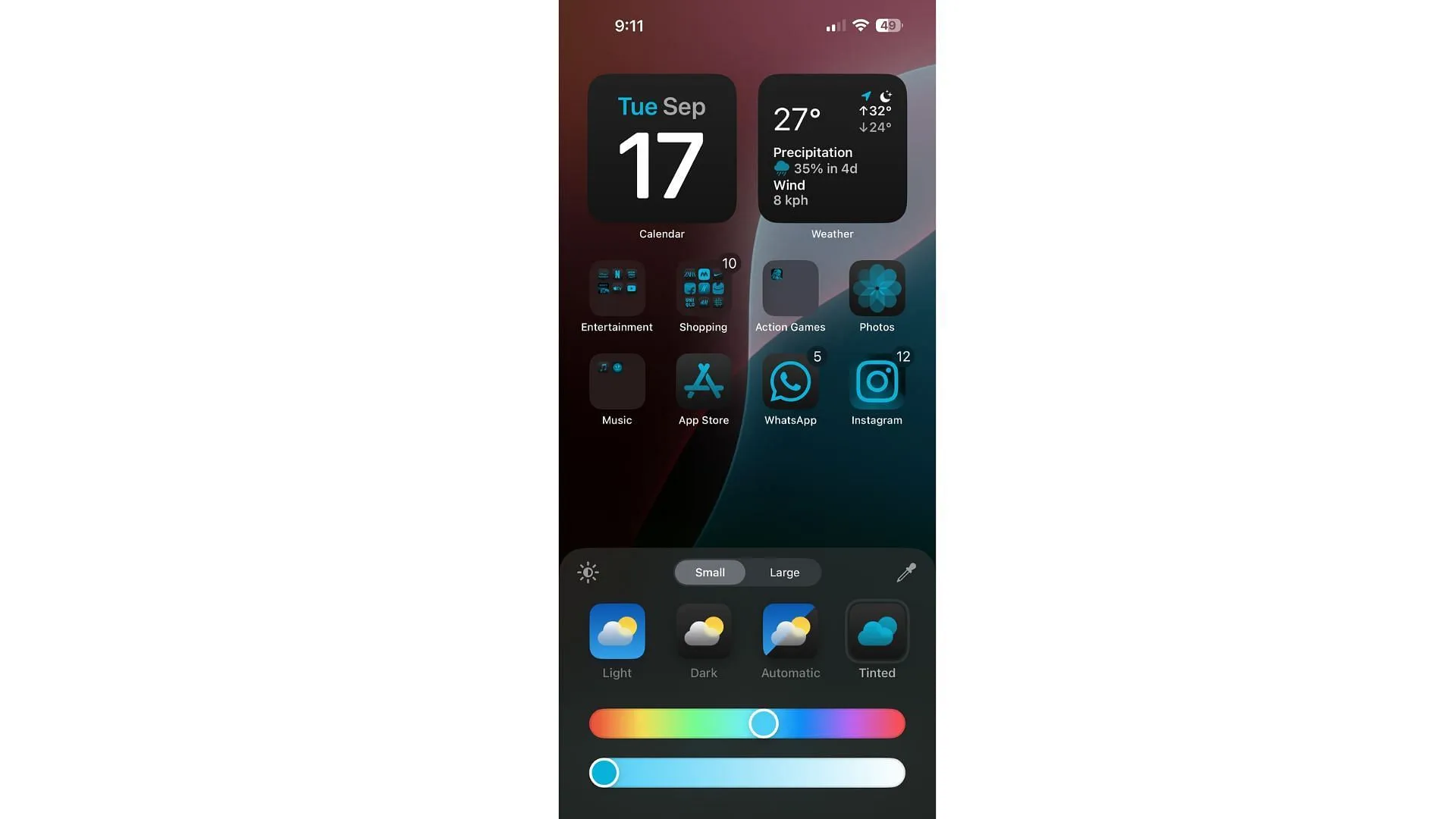
- Customize: This menu enables you to adjust wallpaper brightness by tapping the sun icon, allowing you to choose between Light and Dark modes. You can also enable Automatic mode to switch between light and dark depending on the time of day or your surroundings. The Tinted Icons feature lets you change app icons to complement your wallpaper, with suggestions based on your chosen palette.
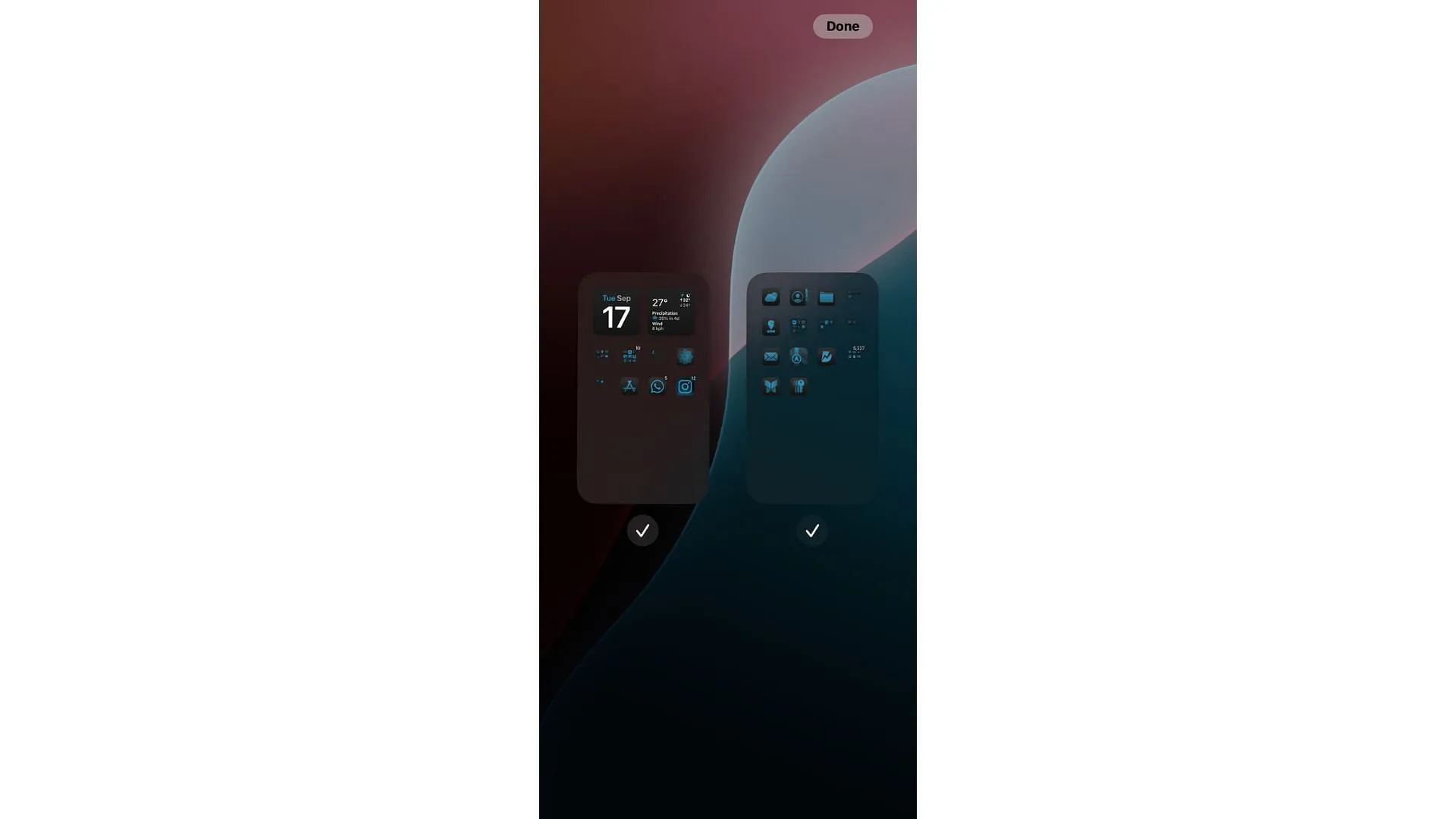
- Edit Pages: If your home screen contains multiple pages, this option allows you to navigate through them and customize each individual page.
3) Use Classic and Dark Mode Options
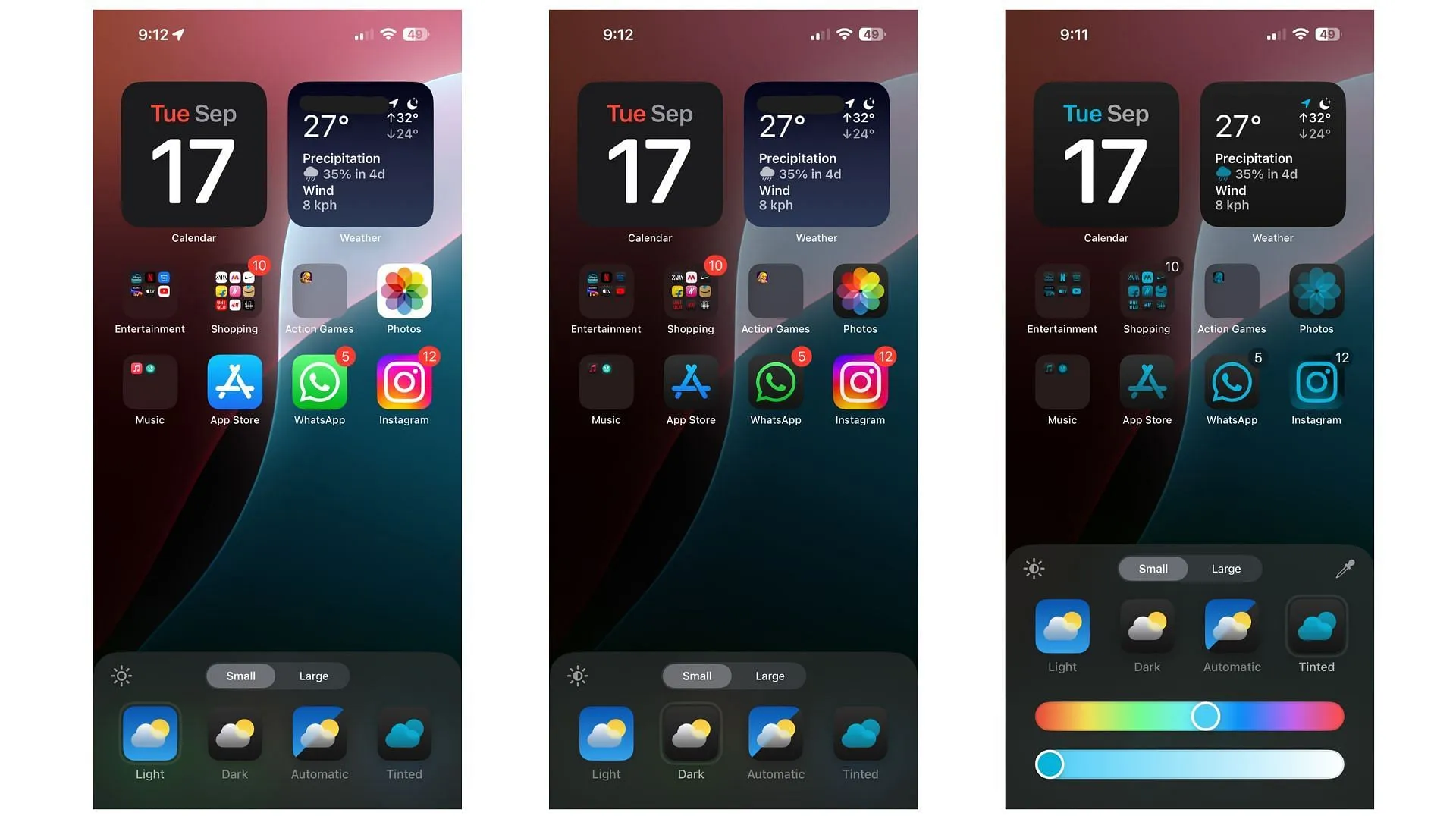
iOS 18 enhances the Dark Mode, making it easier for users to achieve a minimalist aesthetic on their home screens. Opt for Light mode for a classic bright look or switch to Dark mode for a sleek, darker appearance. Enabling Automatic Mode allows your iPhone to transition based on the time of day, providing a visually responsive experience.
With the Tinted option, unique color patterns that match your wallpaper will apply system-wide to all icons and widgets.
4) Move and Resize Icons

iOS 18 grants users greater freedom in app icon placement. In jiggle mode, you can move your apps anywhere on the screen, fostering creative layouts. This flexibility accommodates users who wish to highlight wallpapers or design specific arrangements of apps and widgets across multiple home screen pages.
Within the Customize section, you have the option to select icons to be Small or Large. The Small option displays the traditional app icons, while the Large option reveals larger icons without app names, giving a cleaner look.
5) Hide Apps with Face ID
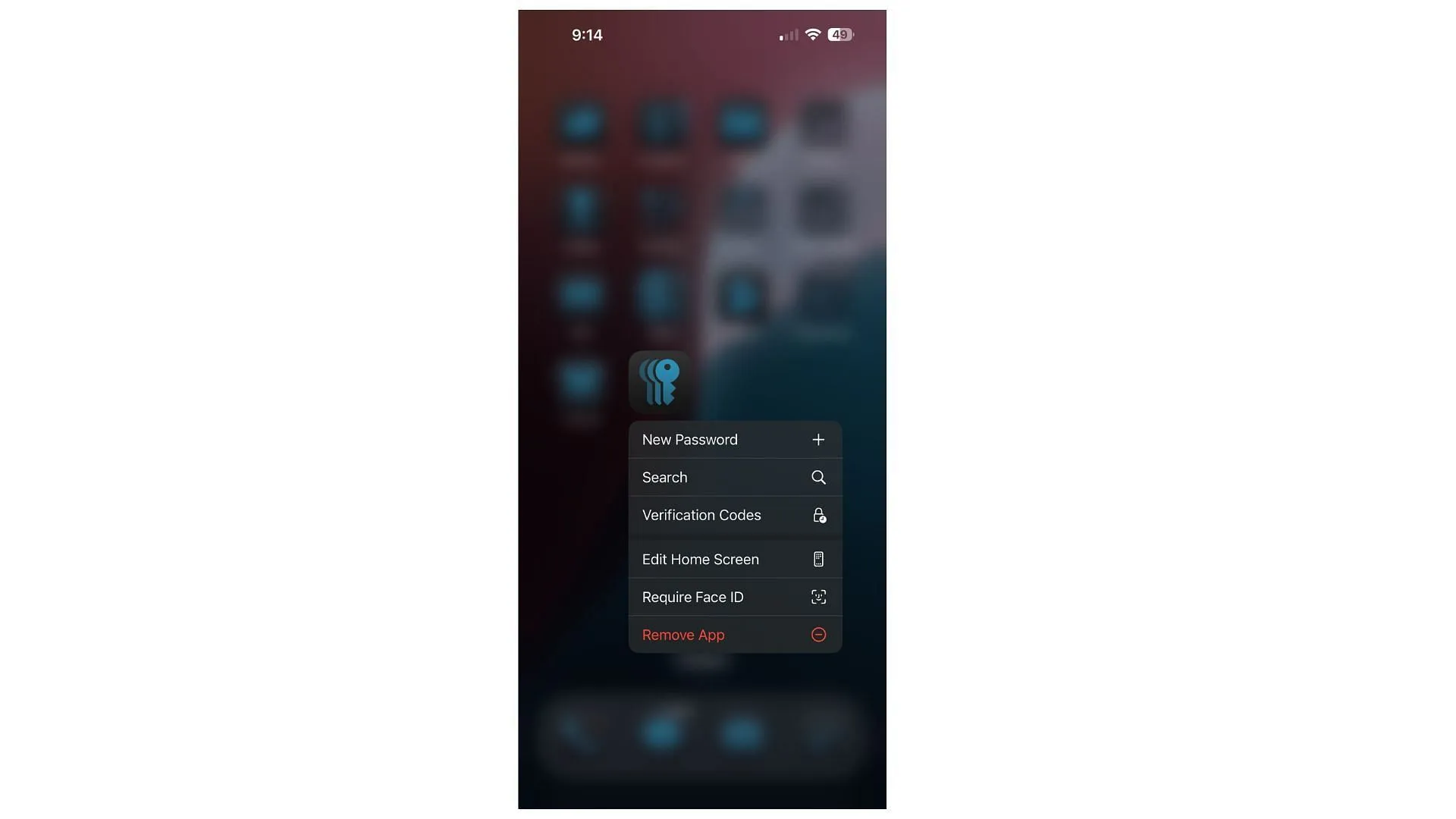
iOS 18 introduces a valuable privacy feature that allows users to hide apps by requiring Face ID or Touch ID for access. To use this feature, long-press an app, select “Require Face ID,” and the app will be moved to a hidden folder within your App Library. Notifications for these hidden apps will not appear on your lock or home screen, thus keeping your sensitive information secure.
Customize Control Center
In addition to overall phone customization, the iOS update brings significant enhancements to the Control Center. Users can now add, edit, and resize controls, creating an optimal setup for quick access to frequently used features. This level of customization empowers you to interact with your iPhone’s core functions directly from the home screen.
By following these guidelines, you can leverage the enhanced customization features in the new iOS 18 to give your iPhone a fresh and personalized look that represents your unique style. Whether you’re repositioning icons, adjusting widgets, or modifying colors and modes, iOS 18 equips you with the tools to create a home screen that truly reflects your individuality.




Leave a Reply